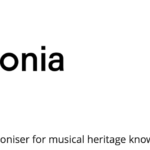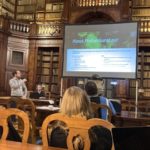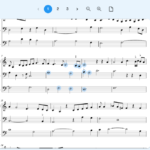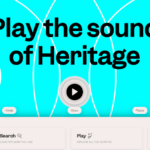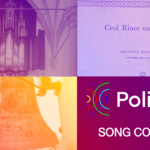Documenting bellfounding: the creation of a special gift
For the Polifonia project, the Central Institute for Cataloging and Documentation (ICCD) of the Italian Ministry of Culture is carrying out activities on the historical bell heritage. The ICCD has also initiated a process of documentation of the practices and knowledge associated with bell production through collaboration with historical Italian foundries.
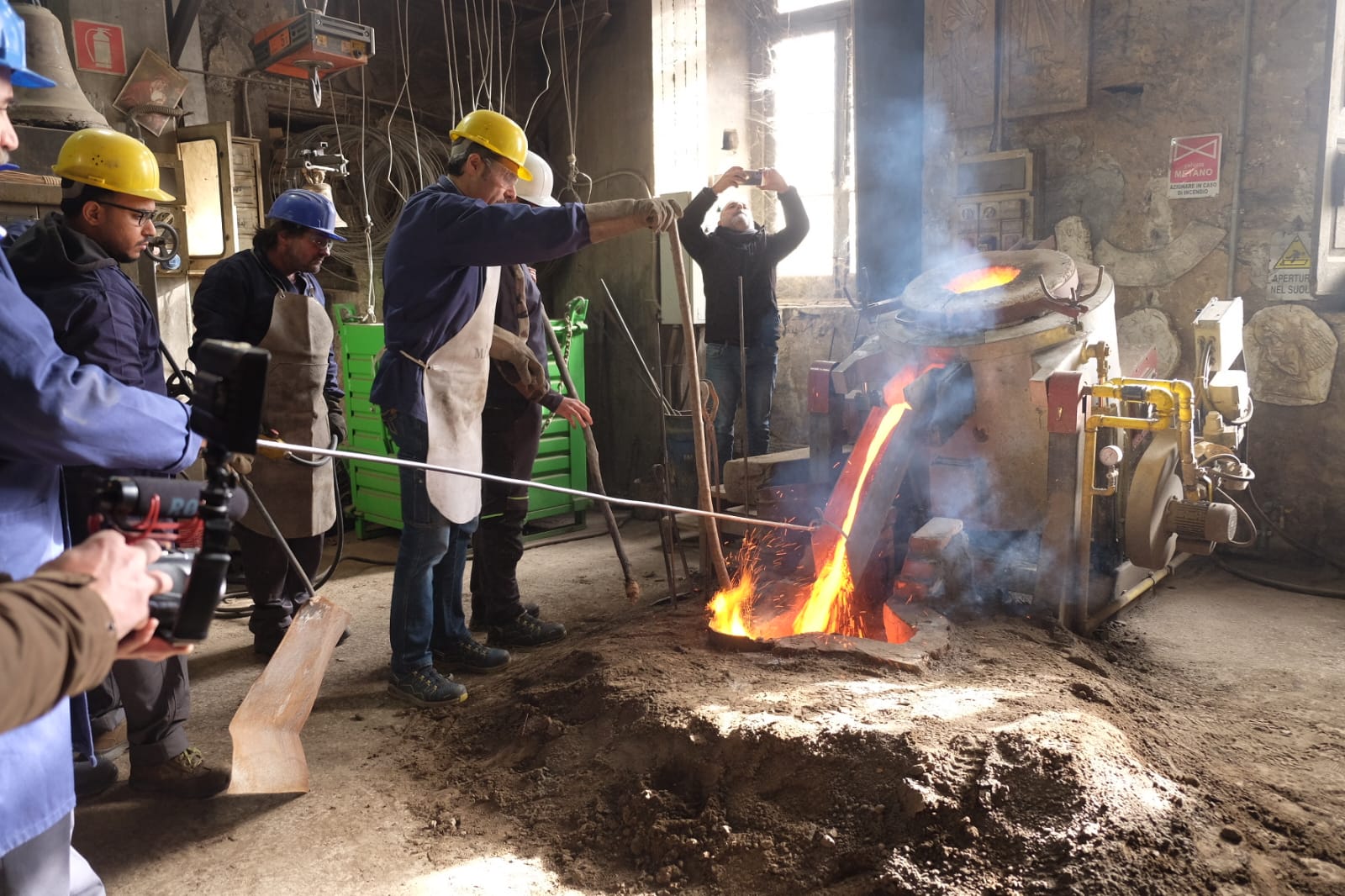

For the Polifonia project, the Central Institute for Cataloging and Documentation (ICCD) of the Italian Ministry of Culture is carrying out activities on the historical bell heritage. The ICCD has also initiated a process of documentation of the practices and knowledge associated with bell production through collaboration with historical Italian foundries.

In this context, a collaboration has been established with the Pontificia Fonderia di Campane Marinelli (Pontifical Marinelli Foundry) in Agnone (Italy), where the ICCD staff (Elena Musumeci, Fabrizio Magnani, Rodolfo Felici) visited to document the casting of a special bronze bell last December 2023. This bell has a diameter of 63 cm and a weight of 200 kg. It holds particular significance as it bears the Latin inscription “Peregrinantes in Spem,” (‘ Pelgrims of Hope’) chosen by the Holy See for the upcoming Jubilee. The bell is intended to be a gift to Pope Francesco in anticipation of the 2025 Jubilee.

A Catholic jubilee is a special year of remission of sins, debts and universal pardon, and involves pilgrimage to a sacred site, normally the city of Rome. The most distinctive feature in the ceremonial of the jubilee is the unwalling and the final walling up of the “holy door” by the pope, in each of the four great basilicas which the pilgrims are required to visit.

The principle of casting bells in Europe has remained essentially the same since the Middle ages. Bells are cast mouth down, in a two-part mould consisting of the core and a mantle placed over it. These are produced to accurate profiles so an air space exists between them which is filled by a metal, such as bronze.
When the Polifonia project ends in the spring of 2024, people can learn more about bellfounding heritage through a web application.
